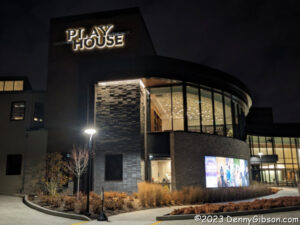 For the second time ever, I’m reviewing a book that was a recent “#1 New York Times Best Seller”. That’s two more than I anticipated when I started doing reviews on this blog. This one, like the other one (The Lincoln Highway, Amor Towles), will be pretty shallow. There are plenty of reviews out there from high-profile professionals and an author with two Pulitzers to his credit does not really need a lot of praise from me. McCullough’s forte was (he died Aug 7, 2022) biographies (his Pulitzer winners were Truman and John Adams), and The Pioneers tells the story of the white man’s take over of Ohio through streamlined biographies of the men who led it. They are not household names like Truman or Adams. A few, such as Putnam and Cutler, might be household names in select Ohio households, but most would be recognized only by fairly serious students of regional history. The book is not organized around individual biographies. The tale of early Northwest Territory settlement is told chronologically with the lives of key figures smoothly embedded and expanded forward or backward or both without much interference with the flow of time.
For the second time ever, I’m reviewing a book that was a recent “#1 New York Times Best Seller”. That’s two more than I anticipated when I started doing reviews on this blog. This one, like the other one (The Lincoln Highway, Amor Towles), will be pretty shallow. There are plenty of reviews out there from high-profile professionals and an author with two Pulitzers to his credit does not really need a lot of praise from me. McCullough’s forte was (he died Aug 7, 2022) biographies (his Pulitzer winners were Truman and John Adams), and The Pioneers tells the story of the white man’s take over of Ohio through streamlined biographies of the men who led it. They are not household names like Truman or Adams. A few, such as Putnam and Cutler, might be household names in select Ohio households, but most would be recognized only by fairly serious students of regional history. The book is not organized around individual biographies. The tale of early Northwest Territory settlement is told chronologically with the lives of key figures smoothly embedded and expanded forward or backward or both without much interference with the flow of time.
The Pioneers was recommended to me by multiple sources both in print and in person. The personal recommendations were made by people familiar with my interest in “local” history. The book is centered on Marietta, the first settlement in the territory. Despite it being on the far side of Ohio from where I live, it is a place I have visited many times. I recognized the names Putnam and Cutler and a few others but I knew just the basics about any of them. Instead of writing what I’ve already noted is unneeded praise, I’m just going to identify a few of the things this book taught me about my own extended neighborhood.
I knew that Marietta had been named after Queen Marie Antoinette but I did not know why. From McCullough, I learned that the Revolutionary War veterans who named the town felt that she was more influential than anyone in getting France to support the revolutionaries.
In 1800, a square-rigged brig sailed from Marietta down the Ohio and Mississippi Rivers to New Orleans. Less than a dozen years later, in 1811, the first steamboat on the river traveled from Pittsburgh to New Orleans, with a stop in Marietta, in an astonishing fourteen days.
Even though the ordinance establishing the Northwest Territory seemed to rule it out, there was a proposal during the writing of the Ohio Constitution to permit slavery up to 35 years of age for males and 25 years of age for females. It failed by one vote.
There are many more, of course, and I believe that almost everything in The Pioneers is true. I had to slip that “almost” in there because I did discover one goof in the book. McCullough correctly writes that the Shawnee chief Tecumseh was killed in October 1813 by forces commanded by William Henry Harrison. He incorrectly states that this occurred “in Ohio’s northwestern corner”. The correct location is Ontario, Canada, at the Battle of the Thames.
I certainly don’t want to end this on a negative tone so I guess I’ll offer some praise after all. Anyone claiming to know anything at all about Cincinnati history should be able to tell how Mount Ida was changed to Mount Adams to honor John Quincy Adams following his trip to the city to dedicate the observatory there. McCullough tells of that trip and of Adams’ stop in Marietta during his return to Washington. A few residents of Marietta, including Ephraim Cutler, accompanied the former president from there to Pittsburgh. McCullough’s reporting provides a warm and personal view of Adams that I quite appreciated.
The Pioneers: The Heroic Story of the Settlers Who Brought the American Ideal West, David McCullough, Simon & Schuster (May 5, 2020), 6 x 9.25 inches, 452 pages, ISBN 978-1501168703
Available through Amazon.

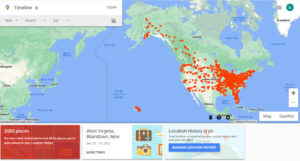




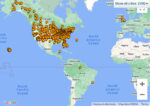


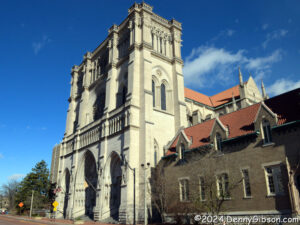
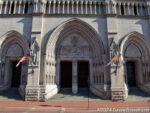
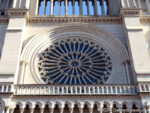


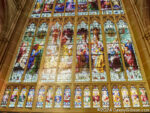

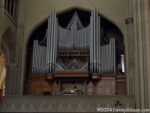
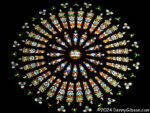





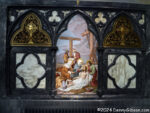
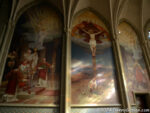

 Everything went up this year. Everything that is except interest. I’ll discuss website traffic toward the end of this post but it’s probably not much of a spoiler to note that it continues its general decline. As for my own activity, I did get in one more trip than last year, and, unlike last year’s added trip, this one did translate to an increase in days on the road and pictures posted. Again, no trips from the year being reviewed made the top five but, unlike 2022 when there were no repeats from the previous year, the first four of 2023’s top five were repeats from 2022 and the fifth sort of was. Two of 2022’s top five blog posts made it again this year along with two brand new posts and one returning after an unusual absence.
Everything went up this year. Everything that is except interest. I’ll discuss website traffic toward the end of this post but it’s probably not much of a spoiler to note that it continues its general decline. As for my own activity, I did get in one more trip than last year, and, unlike last year’s added trip, this one did translate to an increase in days on the road and pictures posted. Again, no trips from the year being reviewed made the top five but, unlike 2022 when there were no repeats from the previous year, the first four of 2023’s top five were repeats from 2022 and the fifth sort of was. Two of 2022’s top five blog posts made it again this year along with two brand new posts and one returning after an unusual absence. 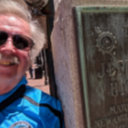
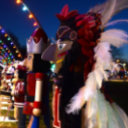

 The year Kevin Patrick spent “connecting with White’s Woods” may have been, as a blurb on the back of Near Woods says “In the spirit of Walden” but the resulting products are not the same. Thoreau’s time at Walden Pond was an experiment in self-sufficiency and the book he wrote some years later documented its success. His observations of nature and seasons were generally used to support some aspect of his minimalist lifestyle and not to educate the reader. I suppose some of Patrick’s observations are also made to reinforce some philosophical viewpoint, but he is a lot more subtle and he helps the reader share the raw observation as near as possible. Exactly one-half of this book’s pages are filled with some excellent photographs.
The year Kevin Patrick spent “connecting with White’s Woods” may have been, as a blurb on the back of Near Woods says “In the spirit of Walden” but the resulting products are not the same. Thoreau’s time at Walden Pond was an experiment in self-sufficiency and the book he wrote some years later documented its success. His observations of nature and seasons were generally used to support some aspect of his minimalist lifestyle and not to educate the reader. I suppose some of Patrick’s observations are also made to reinforce some philosophical viewpoint, but he is a lot more subtle and he helps the reader share the raw observation as near as possible. Exactly one-half of this book’s pages are filled with some excellent photographs.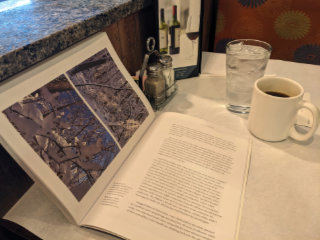 Of course, Near Woods is better looking than either Walden or PrairieErth. To some degree, that’s just something that color photographs do for a book. But these high-quality and well-chosen photos do more than make the book pretty. They are the “raw observations” mentioned in the first paragraph of this article. The book’s design incorporates the photos wonderfully and helps make reading the book a pleasure. Every lefthand page contains one or more photographs. Righthand pages are all text. Captions are in the extra wide inner margins of the text pages. It didn’t take me terribly long to recognize the beauty of this. Every page turn resulted in a new image that could be studied as quickly or slowly as desired before tackling a new page of text.
Of course, Near Woods is better looking than either Walden or PrairieErth. To some degree, that’s just something that color photographs do for a book. But these high-quality and well-chosen photos do more than make the book pretty. They are the “raw observations” mentioned in the first paragraph of this article. The book’s design incorporates the photos wonderfully and helps make reading the book a pleasure. Every lefthand page contains one or more photographs. Righthand pages are all text. Captions are in the extra wide inner margins of the text pages. It didn’t take me terribly long to recognize the beauty of this. Every page turn resulted in a new image that could be studied as quickly or slowly as desired before tackling a new page of text.
